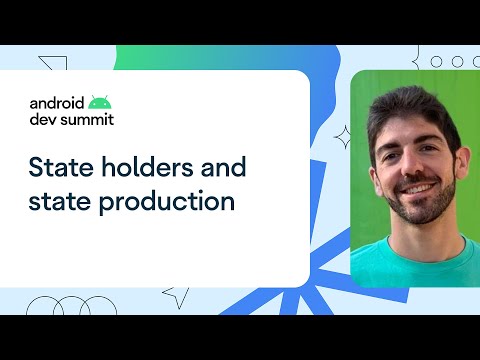Description:
Dive deep into the UI state production pipeline and state holders that manage UI complexity in Android development. Explore the differences between UI and business logic, ViewModels and plain state holder classes, and state and events. Learn about types of UI state, logic handling, and where to implement different components. Discover how to identify state holders in the UI, when to use ViewModels, and how to produce screen UI state. Understand local and external sources of state change, combining them effectively, and collecting state in a lifecycle-aware manner. This 21-minute video by Manuel Vicente Vivo from Android Developers covers essential concepts for managing UI complexity and state production in Android applications.

State Holders and State Production in the UI Layer for Android Development
Add to list